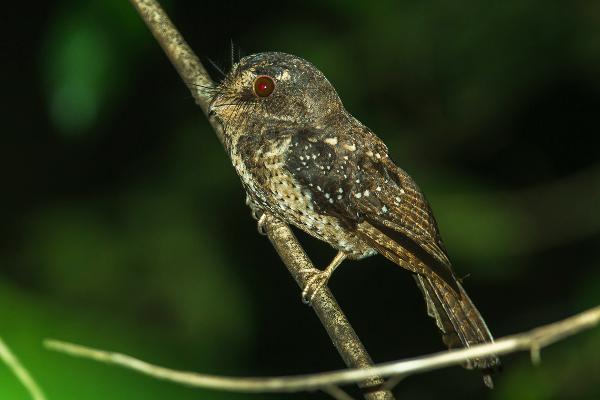Palaeontologists Find Mystery 'Relic' Bird Fossil at St Bathans
Friday 15 April 2022, 9:11AM
By Canterbury Museum
1,012 views
An ancient bird recently discovered at New Zealand’s most significant fossil site for land-dwelling animals has scientists scratching their heads.
The trans-Tasman team of researchers who described the bird, named Zealandornis relictus, say it doesn’t fit into any known group of birds and may represent a new family.
This makes it unique among the St Bathans Fauna, the assemblage of animals that lived between 16 and 19 million years ago on and around a giant lake called Lake Manuherikia.
Since 2001, scientists have been finding these animals fossilised near St Bathans in Central Otago.
“With previous finds we’ve been able to say, ‘this one is a type of duck, this one is a parrot, this one is a raptor,’” says Dr Trevor Worthy of Flinders University, Adelaide, lead author of the paper describing Zealandornis.
“But this new bird has a unique combination of features that aren’t found in any bird family that we know of. We think it might have been a relic of an ancient group – a bit like today’s tuatara.”
The new bird shares some traits with the mousebirds or Coliiformes, an order of small, acrobatic birds with long tails that are only found in the forests of sub-Saharan Africa.
It might have behaved like one of New Zealand’s native wrens such as the titipounamu (rifleman) and may have been flightless, Dr Worthy says.
“Zealandornis was not a wren, but it seems to have been an example of evolutionary experimentation into the forest habitats our wrens eventually won the race for.”
Canterbury Museum Senior Curator Natural History Dr Paul Scofield, a co-author on the paper, says more digging is needed to piece together just what sort of bird Zealandornis relictus was.
“So far we have only found one fossil of this bird, a humerus or wing bone,” says Dr Scofield. “You can learn a lot from a single bone, but it can’t give you the full story.
“Hopefully we turn up more bones of this species in future digs so we can solve a few of the mysteries around it.”
Zealandornis relictus was one of two new bird species described in the article, recently published in Journal of Ornithology.
The other was an owlet-nightjar called Aegotheles zealandivetus. Owlet-nightjars are small, owl-like birds found only in Australasia. There are 12 species alive today, spread across Papua New Guinea, Australia, New Caledonia and eastern Indonesia.
Aegotheles zealandivetus is the second owlet-nightjar known to have lived in New Zealand. The first, a large, flightless species called Aegotheles novaezealandiae, went extinct shortly after humans arrived in New Zealand, probably due to kiore or Polynesian rats eating its eggs.
“We initially thought this new owlet-nightjar must be the ancestor of the owlet-nightjar living in New Zealand when humans first arrived, but upon closer inspection it seems to be more similar to owlet-nightjars living in Papua New Guinea and eastern Indonesia today,” Dr Worthy says.
“This suggests the St Bathans Owlet-nightjar or its descendants might actually have died out, and then owlet-nightjars reintroduced themselves, possibly from New Caledonia, where the closest relative of our more recently-extinct owlet-nightjar lives.”
To cite this publication Worthy TH, Scofield RP, Salisbury SW, Hand SJ, De Pietri VL, Archer M (2022). Two new neoavian taxa with contrasting palaeobiogeographical implications from the early Miocene St Bathans Fauna, New Zealand. Journal of Ornithology (2022). https://doi.org/10.1007/s10336-022-01981-6
